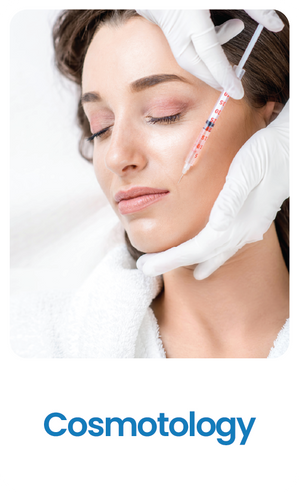Blepharoplasty Eyelid Surgery
Blepharoplasty, also known as eyelid surgery or eyelid lift, is a plastic surgery procedure performed to correct deformities, defects, or signs of aging around the eyelids. This surgical procedure involves the removal or repositioning of excess skin, fat, or muscle from the upper and/or lower eyelids, improving the overall appearance of the eyes and making them look more refreshed, youthful, and alert.

Blepharoplasty in Bangalore
Blepharoplasty Surgery Procedure

There are two major types of eyelid surgery:
-
Reconstructive Blepharoplasty – to restore eyelid function or correct vision-obstructing eyelid sagging due to trauma, aging, or medical conditions.
-
Cosmetic Blepharoplasty – to enhance appearance by improving puffiness, wrinkles, or drooping skin.
Reconstructive surgery is often recommended for individuals with congenital eyelid abnormalities, injury-induced deformities, or conditions affecting vision.
Blepharoplasty is generally performed as a daycare procedure and lasts about 1 to 2 hours, depending on whether upper, lower, or both eyelids are treated.
Blepharoplasty Surgery Process
Blepharoplasty is usually performed under local anesthesia with sedation or general anesthesia, depending on the patient's comfort and extent of surgery.
-
Upper Eyelid Surgery: An incision is made in the natural crease of the eyelid to remove or reposition excess skin, fat, or muscle.
-
Lower Eyelid Surgery: The incision is made just below the lower lash line or inside the lower eyelid (transconjunctival) to remove fat and tighten skin.
Once the corrections are made, fine sutures are used to close the incisions. In some cases, fat repositioning and laser skin resurfacing may also be done to enhance results.
Bandages or cold compresses are applied post-surgery to reduce swelling and support healing.

Preparing for Blepharoplasty Surgery

If you’re considering blepharoplasty, clear communication with your surgeon is essential. Discuss your expectations, share full medical history, including:
-
Past eye conditions or surgeries
-
Current medications or allergies
-
Smoking or alcohol habits
Your surgeon may ask you to:
-
Stop certain medications
-
Avoid smoking and alcohol weeks before surgery
-
Arrange for someone to assist you after the procedure
Potential Post-Surgery Complications
Though generally safe, some potential risks include:
-
Swelling and bruising
-
Dry or irritated eyes
-
Temporary blurred vision
-
Infection or bleeding
-
Visible scarring or asymmetry
In rare cases, complications like difficulty closing the eyes or changes in eyelid position may occur, often requiring follow-up treatment.






